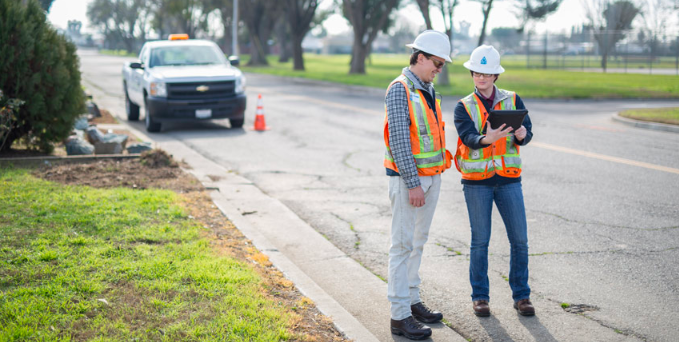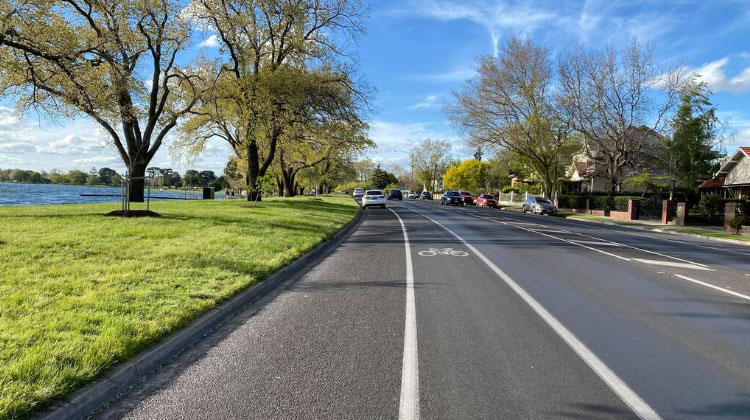
Psychology
Psychology is defined by the Australian Psychological Society as “…both a science and a profession, devoted to understanding how people think, feel, behave and learn…“
Right then, if psychology is how people think, feel, behave and learn… there is definitely some common ground between transport engineering and human psychology. Let’s explore that. Here is an example involving thinking, feeling, behaving and learning coming all together at once in the world of transport engineering.
Transport Engineering Scenario
You are on the bus coming home after work on a freezing cold rainy evening. The bus will eventually stop 1.5km away from your home. You have no option, but to walk. You are thinking, what to do – should I walk or should I call my partner?
Then your partner is busy and they are stuck at some other task and cannot come to pick you up. You have no choice, but to walk that 1.5km in this cold, rainy night. Now, you hop off the bus, walk on this footpath that is full of water puddles.
You are feeling irritated, frustrated and regretful for not taking the car to work on this rainy day. Now you go home, dwell on your frustration and check the weather forecast for tomorrow. Its going to rain even more for the next three days. Next day you wake up thinking there is no way I am taking the bus today, I am driving to work. Your behaviour today was directly or indirectly affected by the poor user experience from yesterday’s incident – (1) the 1.5km distance from bus stop to home and (2) the water puddles on the footpath. Through this, you have learned to check the weather forecast before you make decisions about the mode of transport you opt for.
This is just one simple example of how human psychology affects decisions made in relation to the world of transport. Now, the important question is do engineering standards discuss human psychology? Do we consider the differences in thinking patterns born out of cultural differences, weather patterns, medical conditions or the state of mind (anger, depression, sadness) when determining transport engineering solutions.
Hypothetical Situations
Here are some hypothetical situations we haven’t possibly addressed solutions for:
- Mood can play a role in the choice of transport mode
- Level of urgency can play a role in the choice of your parking location
- State of mind can determine the speed at which your travel
- Physical or mental health conditions may determine how often you use footpaths, shared user paths or bicycle lanes
- Cultural habits differentiate how, when and who uses recreational facilities
- Cognitive thinking affects your ability to perceive the information portrayed through street signage and line marking treatments
- Past traumatic experiences determine how you react to emergency situations on the road
Transport Engineering & Psychology
We as engineers, planners and architects must not eliminate human factors from our decision making processes. A sight distance calculation complying with the recommended minimum sight distance criterion does not necessarily provide a good enough solution. A parking demand assessment justifying a reduction of parking spaces by providing bicycle hoops does not necessarily mean users will choose to ride bikes. A local area traffic management strategy suggesting a lowered speed limit or a 10km/h shared zone does not necessarily reduce the speed at which vehicles would travel.
We have a responsibility to ask, whether a certain solution would work in each individual scenario. It’s not just about getting the approval from the council or the road authority. Spend 5 minutes stepping into the shoes of the end-user. Let’s start with that.
Related Posts
Traffic Engineer in the Lifecycle of a New Development
When you think about what makes a development project successful, you might picture architects,…
AS2890.1: Off-Street Parking Facilities
In Australia, one of the key documents guiding the design and construction of off-street facilities…
Insights into Types of Road Safety Audits
What is a Road Safety Audit? Road Safety Audits (RSAs) are in-depth evaluations…
Understanding Clause 52.34: Bicycle Facilities
In today’s urban landscapes, promoting sustainable modes of transportation is significant. Clause 52.34 of…












